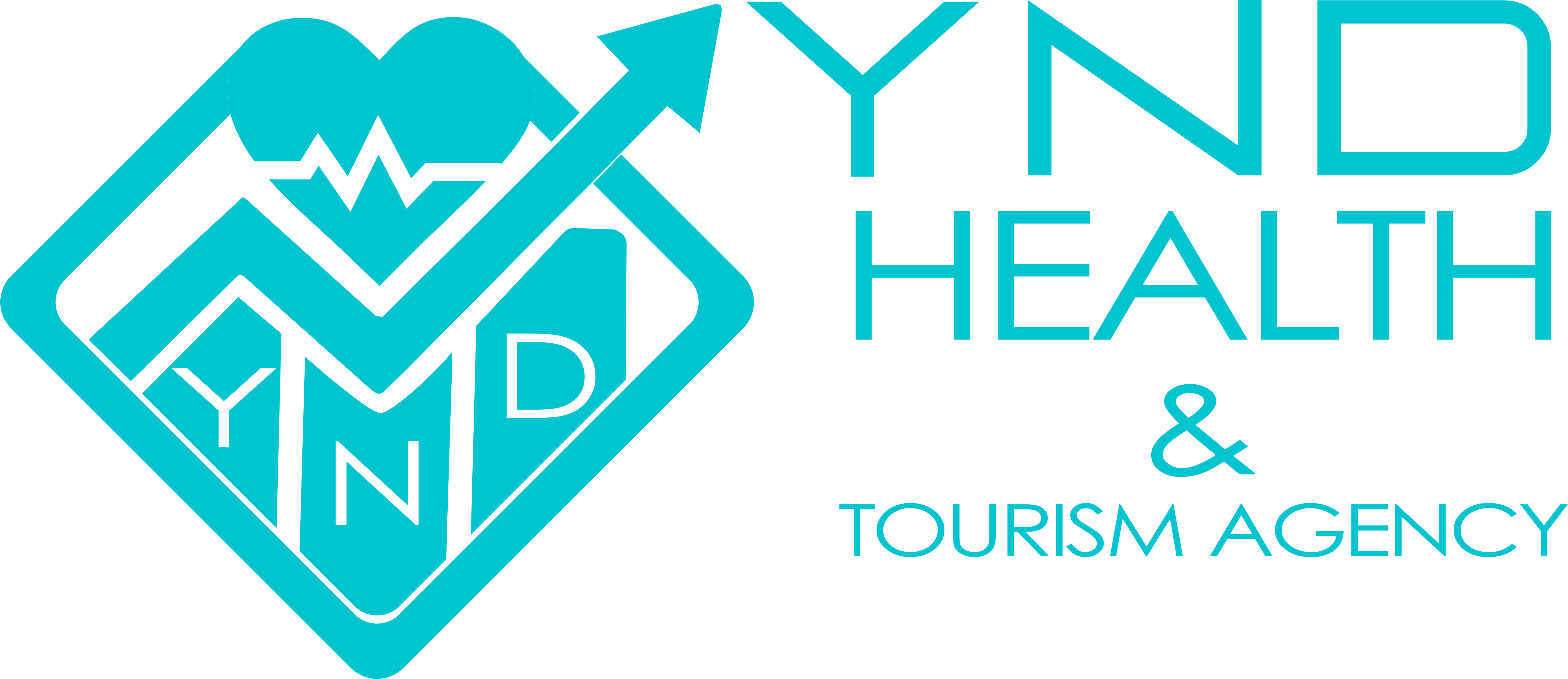Physical Therapy and Rehabiliton
Physical therapy and rehabilitation is a branch of medicine that provides non-surgical treatment for various conditions using exercises and physical tools. It is often preferred in many movement system disorders.
The goals of physical therapy are:
✔ To relieve pain and movement restrictions
✔ To improve joint movements
✔Strengthening the muscles
✔ Improve the general condition
✔ Increasing the quality of life
Interests in Physical Therapy
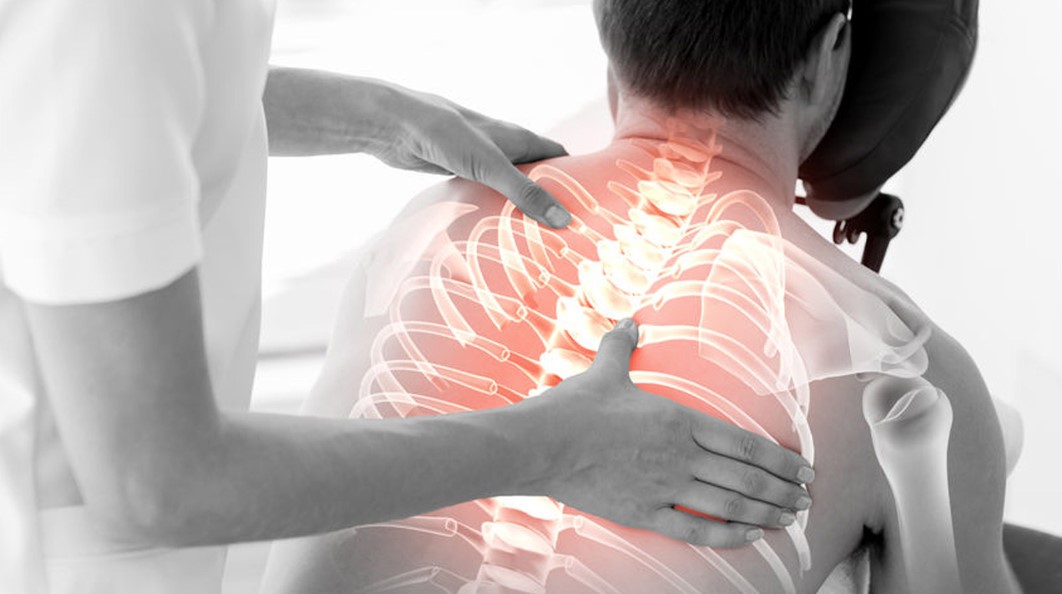
Hernia of the Loins and Cervical Disc Hernia
Most cases of cervical hernia and uterine neck can be treated without the need for surgical intervention. Only in very rare cases, especially in patients experiencing paralysis symptoms, there may be a need for surgery.
The following tools and methods are used in the physical therapy applied to patients:
✔ Electric currents
✔ Laser
✔ Local injections
✔ Physical therapy exercises
In addition to traditional treatment methods, new treatment approaches have emerged in recent years that provide better results in treating hernia patients. These new treatment methods include:
✔ Vertical Traction
Vertical traction devices treat the condition by applying natural traction force to the herniated disc. It can be easily applied to the patient.
✔ Computer-Assisted Decompression Devices
This device directly works on the herniated disc, relieving pressure and thus treating the condition. This device is a product of advanced technology.
✔ Ozone Therapy
Ozone can be applied to the herniated spinal area. Ozone can be given locally to soft tissues or injected into the herniated disc or spinal canal.
Bursitis and Tendinitis
Bursitis is painful swelling in joint areas. A bursa is a fluid-filled sac in soft tissues that covers the joint or bone. Bursitis is the inflammation of one of these sacs. This painful condition can become acute or chronic if inflammation is not prevented.
The cause of bursitis is overuse or direct impact on the joint.
Tendonitis is inflammation in tendons, called connective tissue. Connective tissue transfers muscle movement to bones and allows bones to move.
Tendons are found throughout the body. While there are small tendons, such as in the hand, there are also large tendons in the body, such as the Achilles tendon in the heel. Tendonitis occurs as a result of repeated injury in the affected area. Both conditions are age-related. Aging can weaken the tendon structure and make it more prone to injury.
Treatment
The first step in treating these conditions is pain and inflammation relief. For this purpose, ice is used in the acute phase, effective avoidance of using the painful area, resting it with various bandages and orthopedic devices, pain relievers, cortisone injections in the painful area, local massage, and physical therapy techniques.
Stretching, relaxation, and strengthening exercises should also be performed alongside these treatments.
If there is no improvement after 6 to 12 months or if the tendon is completely torn, surgical intervention is performed.
Waist Flattening and Loss of Cervical Lordosis
Our spine is the basis of our movement system. Our spine consists of bones called vertebrae.
There are 3 curves in the lateral view of our spine. The curves in the neck and lumbar areas are inward, while the curves in the back area are outward. Thanks to these curves, our spine becomes resistant to various effects and loads.
However, sometimes this system in the spine can malfunction, and as a result, painful problems may occur. For example, if the muscles in the neck and lumbar area remain immobile for a long time, muscle tension increases, and the curvature in that part of the spine decreases.
Conditions such as staying or working in the same position for a long time, repeatedly carrying heavy objects, or performing work by leaning forward or lifting heavy objects can cause muscle spasms. This increases pressure on the discs and causes flattening of the lumbar and cervical areas.
If back and neck pain persists for more than a few days, it is essential to consult a specialist and undergo the necessary tests. Flattening in the lumbar and cervical areas can be easily detected by X-rays.
Hip Problems
The hip joint is one of the largest and most vital joints in our body.
The hip joint not only carries half of the body’s weight but also in activities such as walking, running, climbing up and down stairs, and squatting, this load increases and can reach several times the body’s weight.
Hip disorders typically appear in the form of hip pain. The causes of hip disorders can be listed as follows:
✔ Genetic causes
✔ Rheumatic diseases
✔ Calcification
✔ Infections
✔ Tumors
✔ Vascular causes
Treatment:
Some patients can be treated with medication. It is important to start a physical therapy and rehabilitation program after the severe phase of the disease or after hip surgery.
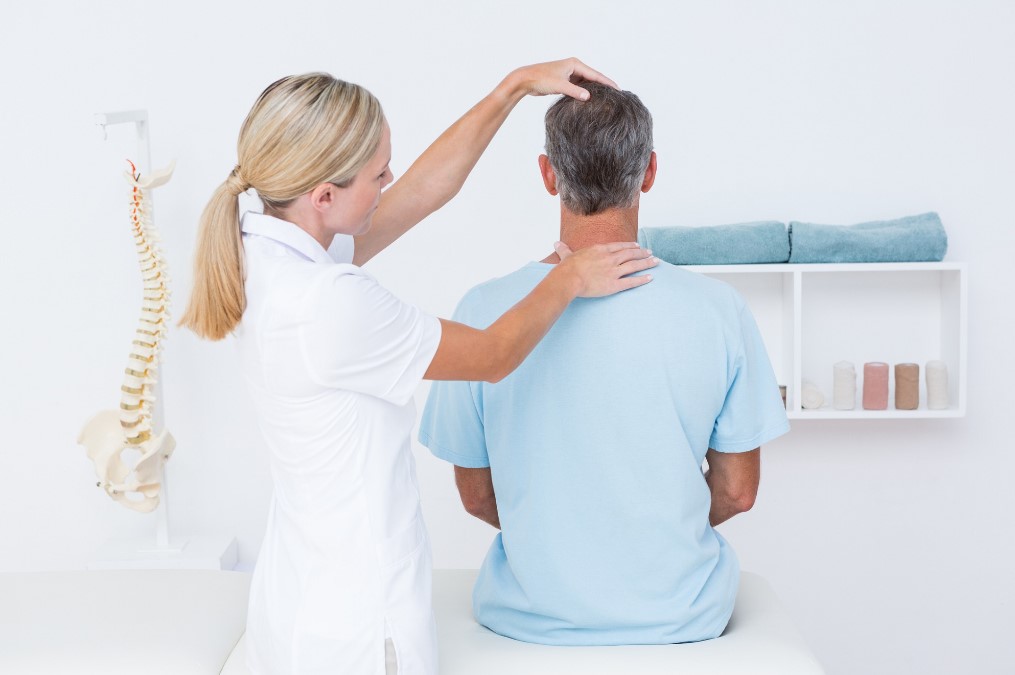
Cruciate Ligament Injuries
One of the most important joints in our movement system is the knee joint. The knee joint allows us to stand, walk, sit and stand.
The bones that make up the knee joint are connected by four solid ligaments. Injuries and tears may occur in these ligaments when hard impacts to the joint or reverse movements occur.
As a result of the necessary treatments for partial tears, the tear heals after a while.
Complete tears do not have a chance to heal on their own and require surgery.
In patients who have undergone surgery, it is important to start a comprehensive rehabilitation program for the knee to regain its former functions and allow movements to be performed comfortably.
Fibromyalgia
Fibromyalgia is a chronic pain syndrome often associated with widespread muscle pain, sleep disturbance, and fatigue. It is a musculoskeletal disease with widespread pain, especially in the back, neck, shoulders, and hips.
Fatigue, sleep disturbance, subjective feeling of swelling, numbness, dizziness, and weakness are very common symptoms of the disease.
Painkillers, antidepressants, muscle relaxants, and sleep-regulating drugs are used in the treatment of fibromyalgia, according to the patient’s condition.
Physical therapy exercise programs hold the most important place in treatment. In addition, ozone therapy, acupuncture, and trigger point injections are also very effective in fibromyalgia.
Rheumatic Diseases
Rheumatism is a painful disease that affects the tissues and organs that allow us to perform all movements related to our daily life such as especially muscles, tendons, bones, joint ligaments, and spine.
Rheumatic diseases are divided into inflammatory rheumatism and degenerative rheumatism.
Inflammatory rheumatism can occur at any age and causes pain, swelling, redness, and limitation of movement in the joints. The most important inflammatory rheumatism is Rheumatoid Arthritis which usually starts in the finger joints of the hands and feet, gradually spreads to other joints, and complicates daily life.
Drug treatments are planned in the early stages of diseases. After the acute symptoms and symptoms such as pain and swelling are under control, physical therapy and rehabilitation should be started.
The incidence of degenerative rheumatism is high. It is a joint disease known as the most common osteoarthritis among middle and elderly patients.
Although the most important symptom is pain, the severity of the pain is not as intense as in inflammatory rheumatism. Physical therapy and rehabilitation are more important than drugs.
Nerve compression
Nerve compression ranks among common diseases.
The most common of the nerve compressions is known as “Carpal Tunnel Syndrome” and it affects the fingers as well as the wrist. The most important symptom is hand numbness. Over time, the strength of the fingers decreases, and the items held in the hand begin to fall. In the ankles and toes of those especially who wear pointed toes, high-heeled shoes, and those who do heavy work, a similar condition emerges called “Tarsal Tunnel Syndrome”.
The level of nerve compression is determined by measuring nerve impulses with a sensitive system called EMG. Physical therapy methods are used in cases that are not very advanced and loss of strength has not emerged yet. In advanced cases, surgical methods are used.
Osteoporosis
Osteoporosis means that the strength of the bone is reduced due to a decrease in the mineral content of the bone. Although it can occur in adults at any age, it is most common in women who have gone through menopause.
Osteoporosis is a preventable and treatable disease. The disease is treated with long-term medications and annual controls. The most basic way to prevent osteoporosis is to exercise and eat foods with ample calcium.
Stroke
Stroke means loss of movement and paralysis. Stroke is the most common brain and nervous system disease problem in the world. Stroke is often due to occlusion of cerebral vessels or cerebral hemorrhage. This condition may cause loss of voluntary movement or lack of movement in one half of the body, sensory impairment, as well as neurological findings such as communication (speech) impairment, visual field loss, or perception disorders.
The symptoms of stroke can be very different, but all symptoms appear suddenly. The main symptoms of a stroke are severe headache, loss of balance, confusion, and sudden disruption of speech.
There are several treatment options for stroke. These are the repair of a bleeding aneurysm in the head, the removal of blood clots that cause blockage in the brain, or the removal of plaques that may create blockage in the brain by breaking from the carotid vessels in the neck. The aim of rehabilitation in stroke treatment is to maximize the physical function of these people. Rehabilitation efforts should be started as early as possible.
Sports Injuries
Regardless of whether the operation has been performed or not, a suitable rehabilitation program is required for returning to active sports life after sports injuries. This program should be prepared individually.
Diagnostic Methods Used
Diagnostic methods used in Physical Therapy and Rehabilitation are as follows:
✔ X-ray
✔Ultrasonography
✔ CT (Computed Tomography)
✔MR Imaging
✔ Bone Scintigraphy
✔ EMG (Electroneuromyography)
✔ Bone Scan Test (Bone Density Measurement Test)
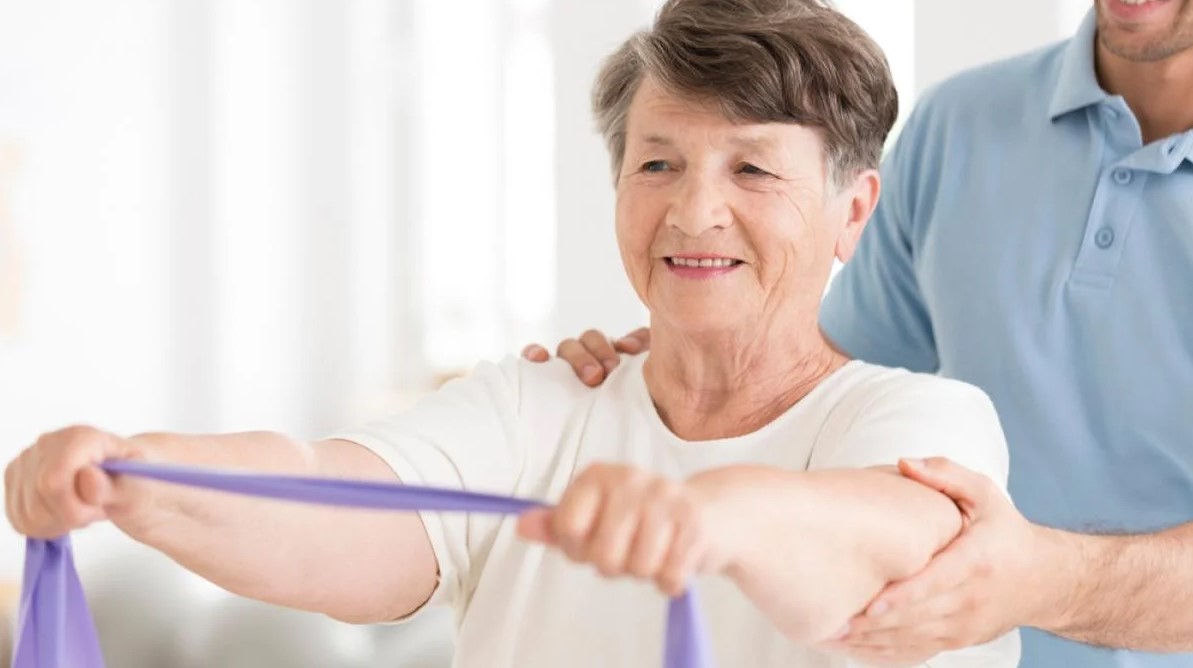
X-Ray
X-rays are a fast and painless method for visualizing the structures of the body, especially the bones. When X-rays pass through the body, they are absorbed at different rates depending on the density of the material they encounter. Dense materials appear white in X-rays, while less dense materials, like air, appear black. Fat and muscles appear as shades of gray.
CT (Computed Tomography)
Computed tomography is a special method used to obtain cross-sectional images of tissues and organs in the body using X-rays. CT scans provide more detailed information compared to regular X-rays. Conditions such as brain diseases, head injuries, and brain tumors can be examined using CT scans. CT scans can also image bones, soft tissues, and blood vessels.
Ultrasonography
Ultrasound imaging is a method used to visualize internal organs in the body using sound waves. Sound waves are sent through the body and bounce off tissues in various ways.
This allows tissues and organs to be seen on the ultrasound device’s screen. Using this method, abnormal tissues such as cysts and tumors can be detected.
Doppler ultrasound is used to diagnose diseases that affect blood flow and circulation.
This method is also applied by sending sound waves, but since blood is a moving fluid, changes in sound frequencies occur, providing information about blood flow.
MR Imaging
Magnetic resonance imaging, or MRI, is a radiation-free and harmless diagnostic tool.
MRI is highly successful in imaging soft tissues.
In MRI, images are obtained using radiofrequency waves in a strong magnetic field.
MRI can detect cancerous areas that cannot be found with other diagnostic methods.
Bone Scintigraphy
Bone scintigraphy is a method used to examine the entire body at once. It is preferred when checking whether a tumor has spread to other bones in the body. In this method, a radioactive substance is introduced into the body through a vein. Then, at regular intervals, any part of the skeletal system where the radioactive substance accumulates more is examined.
EMG (Electroneuromyography)
EMG is a test that examines muscles and nerves. It consists of two stages. In the first stage, a nerve conduction study is performed to measure nerve conduction velocity. Electric electrodes are placed on the muscles, and a very weak electrical stimulus is given to the nerve. In the second stage, muscle activity is measured using very thin needles. There is no electrical stimulation in this stage. It is used in the initial diagnosis of conditions such as herniated discs, cervical hernia, muscle diseases, motor neuron diseases, neuropathy, and nerve compression.
Bone Scan Test (Density Measurement Test)
A significant portion of bones consists of minerals like calcium and phosphorus. The purpose of bone density measurement methods is to determine the proportion of this mineral part in bones. As mineral loss in bones increases, their density decreases.
Treatment methods used in physical therapy and rehabilitation:
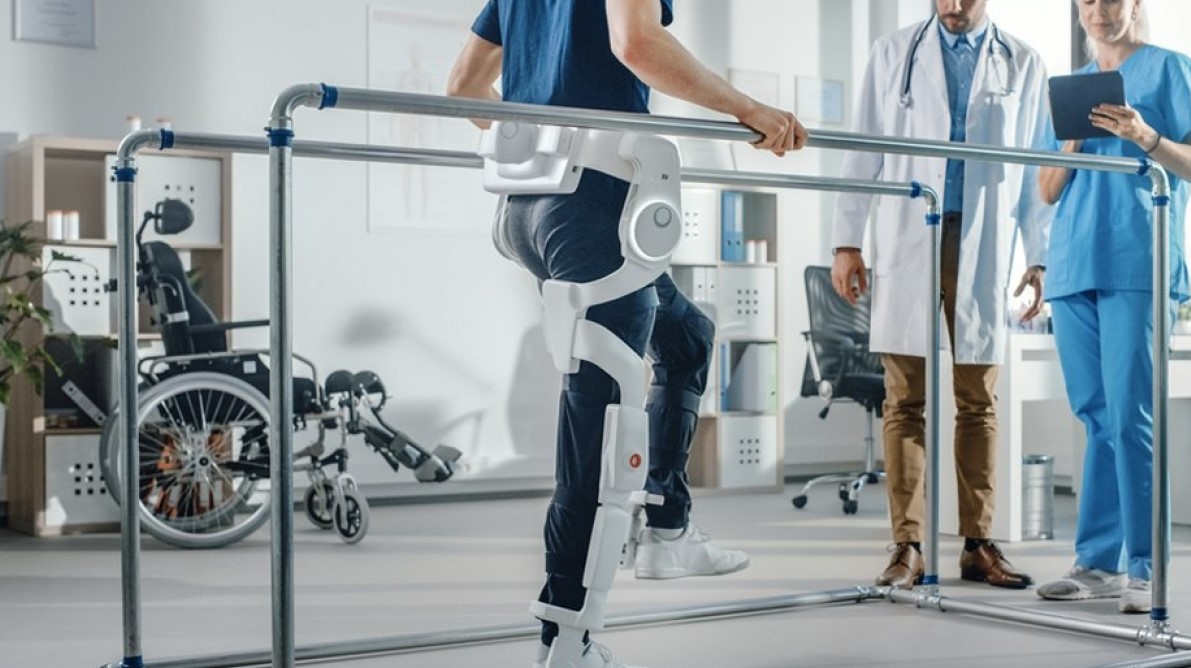
The treatment methods used in physical therapy and rehabilitation can be listed as follows:
✔ Exercise
✔Thermotherapy
✔ Cold Therapy
✔Hydrotherapy
✔ Ultrasound
✔ Laser
✔ Intermittent Pneumatic Compression Therapy
✔ Electrical Stimulation
✔ Traction
✔Massage
✔Orthotics Applications
Exercise
A suitable exercise program for the patient’s condition and functional problems is prepared by the physical therapist. The physical therapist explains to the patient how to perform the exercises and supervises their proper execution.
The types of exercises include:
✔ Muscle strengthening exercises
✔ Stretching exercises
✔ Aerobic exercises (such as walking, cycling)
✔ Pilates exercises
✔ Balance and coordination exercises
✔ Walking exercises
✔ Relaxation exercises
✔ Breathing exercises
Heat Therapy:
In thermal treatment (hot packs, heating pads, paraffin, ultraviolet, and infrared rays, etc.), hot therapy accelerates blood circulation, relieves muscle spasms, reduces pain, and enhances nerve conduction.
Cold Therapy
In cold therapy, a cold compress is applied. Cold therapy is effective in the acute stage for pain relief, muscle relaxation, and sometimes inflammation prevention.
Hydrotherapy
Hydrotherapy is preferred in edema treatment. Water moves thanks to the motor and benefits from hydrostatic pressure and water buoyancy. In addition, the hot water heating effect provides a suitable aquatic environment for exercise.
Ultrasound
Ultrasound is a method used to generate heat in deep tissues (muscles, tendons, bones, etc.). Ultrasound is a sound wave. When the sound wave enters the tissues, it is converted into thermal energy and heats deep tissues.
Laser
In physical therapy, low-density laser is used without heating effects. The laser accelerates blood flow, increases biological activity, improves cell relationships, and supports tissue repair. It is generally applied in cases such as tennis elbow and plantar fasciitis.
Intermittent Pneumatic Compression Therapy
Intermittent pneumatic compression applies intermittent pressure to ensure that the fluid in the veins and lymphatic vessels in the arm or leg flows toward the heart. It helps regulate blood circulation and is used in the treatment of edema and lymphedema.
Electrical Stimulation
Electrical stimulation is a pain-relieving electrical current applied through surface electrodes placed on the skin. It is used to alleviate pain, strengthen muscles, relieve muscle spasms, and treat edema.
Traction
Traction is one of the oldest and very effective treatment methods for lower back, neck, and spine pain. Traction is a technique that moves joint surfaces and bone structures away from each other by applying pulling force to soft tissues. This can be done manually or with a machine or hydraulic components.
Massage
Massage is performed as part of therapy to soften hard tissues. Massage has a complementary role in physical therapy practices and is not a standalone therapeutic method.
Orthopedic Appliance Applications:
Orthopedic appliances are devices used to support, correct, restrict movement, or provide functional motion. Neck braces, lumbar supports, wrist braces, and walking aids are often prescribed in the field of FTR (Functional Training and Rehabilitation).
The purpose of walking appliance devices is to enable the patient to stand and walk naturally.
